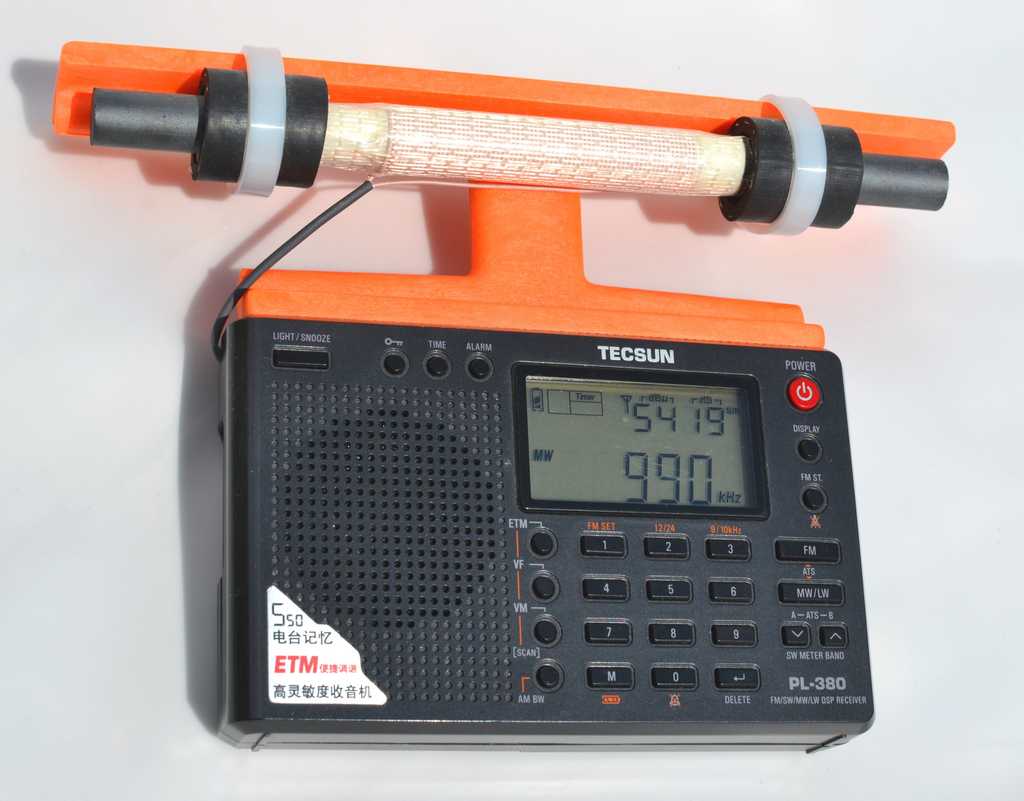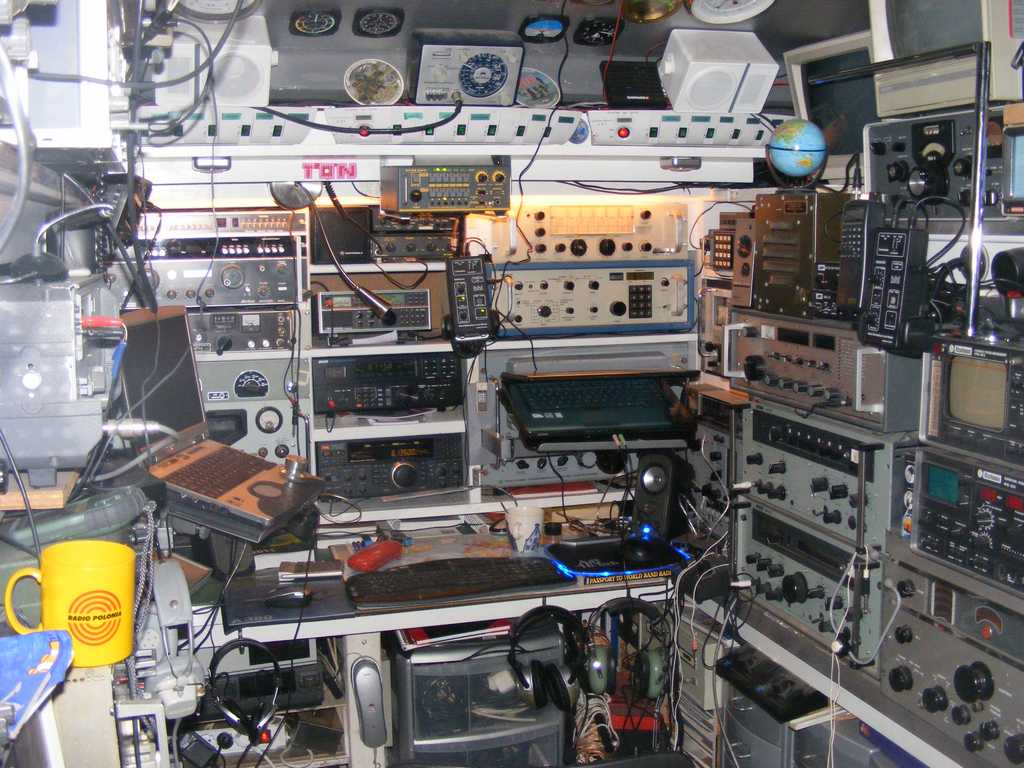1: Introduction
Welcome to long distance MW listening
If you’ve never tried listening to anything other than your local radio station on the Medium Wave (MW) band then these chapters are intended to give you an insight into what you could hear and how to identify what you have heard. Also covered are the types of receivers and aerials you should use and a brief introduction to signal propagation.
If you have previous experience of shortwave listening or amateur radio you’ll find that MW DXing opens up another dimension not covered by most of the shortwave (SW) bands. Indeed most countries have no shortwave operations which means that MW DXing is the only way of logging these elusive parts of the world.
Furthermore most MW stations are local in nature and thus can give an interesting insight into what is going on locally in another part of the world; one can hear farm news from rural USA, over the top live futbol from Brazil; pelota (baseball) from Cuba and cricket from the UK. You’ll also hear news and propaganda from all corners of world especially where political tension is running high or where conflict has unfortunately broken out. Inevitably you’ll be invited to find religious salvation and hear the Quran from many stations. The choice is yours! Good listening!
Of course once you’ve caught an interesting station you will probably want to get a QSL card, so we also include information that should make this task easier.
Naturally a guide like this can only scratch the surface of MW DXing; the best way to learn more is to join us here at the Medium Wave Circle.
Getting started – you don’t need to be rich
In recent years the cost of good amateur radio equipment has risen dramatically, but it is possible to achieve a lot as a MW DXer with a modest budget and degree of ingenuity and “home brew” capability.
In fact in the last 15 years an entirely new trend has developed called Ultra-light DXing which tries to push the limits using small handheld radios typically costing under $100. You’ll be amazed by what people have achieved,

If receivers can be cheap, aerials can be cheaper because most MW DXers make their own from wire, some supports and a few other components.
As a MW DXer you are very dependent on getting good information and sharing this with others involved in the hobby. Previously this was slow and expensive but as you can imagine the Internet has transformed this and electronic magazines have overcome the delays and cost of postage.
The beauty of the low cost approach is that you can dip your toe into the water before spending money. At zero cost (bar some petrol and a thermos flask of coffee!) you could take your car and its car radio to a remote rural location and spin the dial for a few hours after dark. With a good car radio (many are good but sadly some modern ones are not) or a Ultralight portable radio stations from up to 1500km away will be regularly heard at night. If radio conditions are favourable and you listen at the right time, reception of some stations over 3000km away should be possible.
In this way you can have a go at DXing the MW band before committing yourself to any more sophisticated (or expensive) equipment. On the other hand, if you are already an active shortwave listener, all that is needed to get going on MW is a change of waveband. Indeed many SW listeners tend to overlook the fact that their radios can usually tune the MW band and that their outdoor antennas are often effective in picking up distant MW signals. For the SW listener looking for a new challenge, the MW band could be a perfect destination.
Once you get stuck into MW listening you might find the DXing hobby expanding your horizons as well as the amount of equipment at your disposal!

DXing in your sleep! – (Finding time for your hobby)
The easiest way to recognise a MW DXer is if they fall asleep during the day.
Since the fundamental characteristics of the ionosphere favour long distance MW radio reception at night (see chapter 5) this hobby could be the province of the shift worker, the insomniac or the outright fanatic. There is one solution and that is to DX in your sleep! Highly recommended if you want to hold on to your daytime job.
In the past one needed a reel-to-reel or cassette tape recorder and some sort of timer. Some DXers even used VHS video recorders to get several hours on tape. Nowadays a personal computer can record all the overnight audio you might ever need for future analysis.
In fact the newest generation of receivers are capable of recording not just audio from one station, but the entire MW band in one go! Just imagine how much you might need to wade through the next day!
The ability to record is almost fundamental. It allows you to replay that mysterious message you just heard or help you work out a station identification by repeated replays. If you don’t understand the language you can share your recording with other people who will help you decipher it. And finally if you hear something truly unusual or rare the recording will act as proof and silence any doubters.
Top tips
- Darkness is your friend – the MW band is a game of two halves – night and day
- Get outdoors (at least your aerials); sadly modern homes generate lots of unwanted electrical interference
- Use your listening time wisely – you are most likely to hear a station identify itself close to the top of the hour
- Join a club and share your findings and questions
MW DXing covers a broad spectrum of interests and activities even though it covers less than 2MHz of the entire radio spectrum. But the beauty of the hobby is that there are always new ideas, and developments despite the fact the basic AM radio signal is pretty much unchanged after 100 years of broadcasting. In fact there has been a surprising amount of innovation in aerials, receivers and operating techniques since the start of the 21st century.
Now read on…